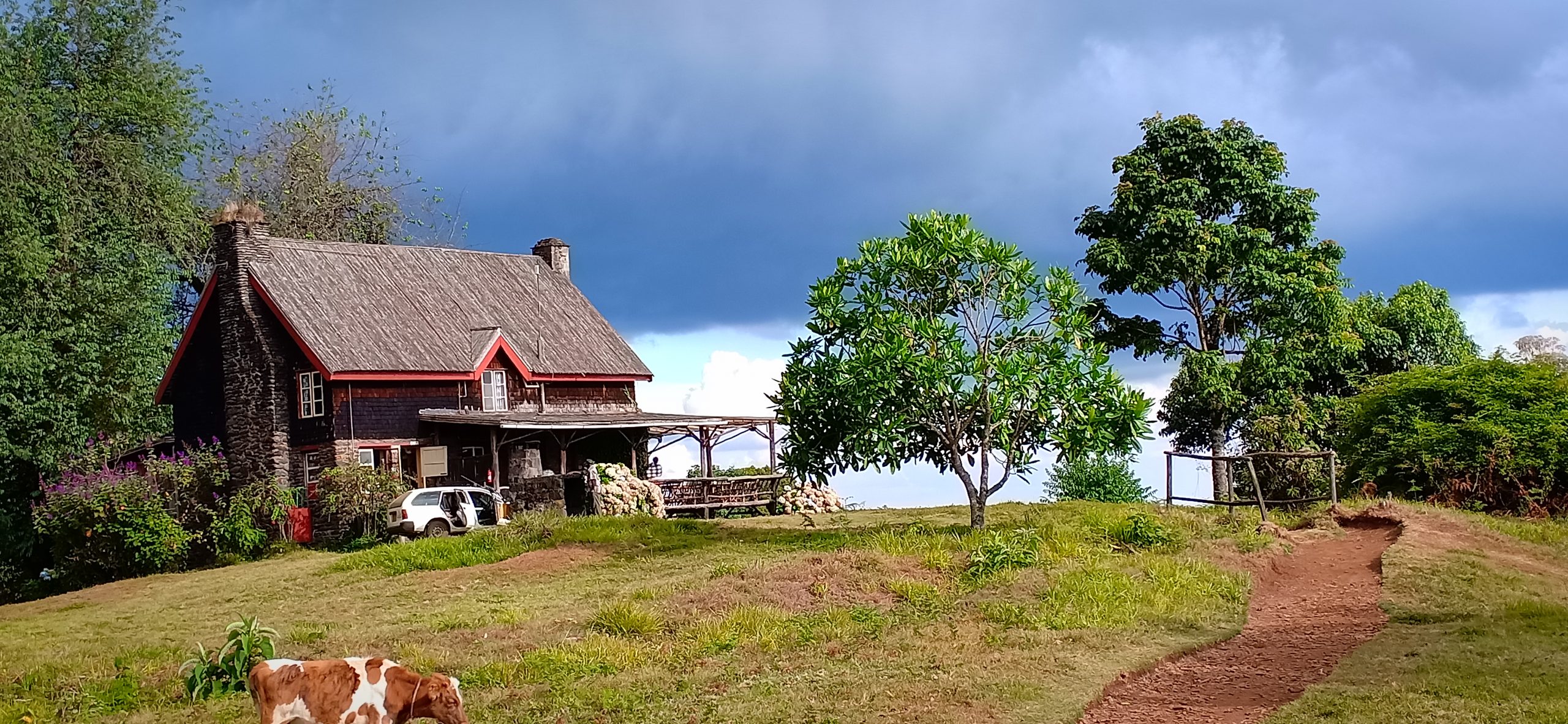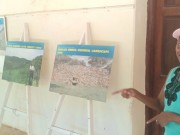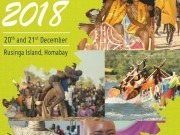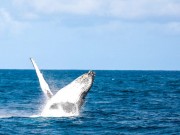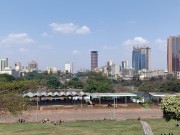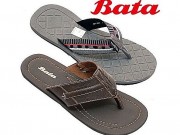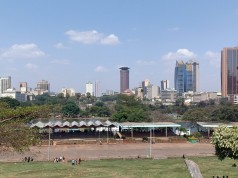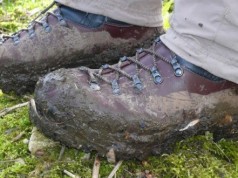This backpacking gear guide is offered as a baseline for you to work with. You will need some adjustment to meet your specific needs, for your part of the world and in those places to which you travel that have unique requirements. In the end, each of us is responsible for the gear needs we use in the backcountry.
Backpacking gear guide – Kenyatalii.com checklist


1) Map and compass: Always carry a detailed map of the area you will be visiting. For travelling on trails, the 15-minute series Green Trails are a good choice, among others. The essence is carrying a map for the region you intend to visit and the activities you will be involved in then know how to use the map. You should always carry a compass while in the back-country and of course, know its use. google maps to come in handy when exploring unknown destinations and terrains.
2) Headlamp: Flashlights and/or Headlamps are important even on day trips. You never know when you might need to spend the night or make that last kilometre or so after sunset. It’s a good idea to carry a small lightweight handheld light in addition to a headlamp. This can be a normal bulb that uses less energy compared to those bright beam bulbs. For conservation of batteries, use this bulb for simple chores within the camp.
3) Extra food: Whenever you go out, even for a day trip, bring extra food in case you are delayed by emergencies, foul weather, or just get lost. It is always good to carry food that will last for a full day. At the very least, your backpacking gear guide should include one good meal more than what you need. The food should not require cooking. In case the extra food requires cooking, ensure you carry more fuel for the stove.
4) Eye protection: Healthy eyes are critical for safe backpacker travel. In addition to packing an adequate supply of high-quality prescription contact lenses or eyeglasses (if required), proper consideration of sun protection for your eyes is of utmost importance. Your eyes may be harmed by the intense ultraviolet rays, mountain skies and the light reflections from the snow. The intensity of UV rays increases with the increase in elevation. Therefore, you certainly need good protection for your eyes.
5) First aid kit: Carry first-aid supplies for minor injuries. You should particularly carry several sterilized bandages and adhesive band-aids because you can hardly improvise them while in the woods. There are lots of other important aspects you should carry within the first aid kit.
6) Pocket knife: Your basic backpacking gear guide. This is an example of single equipment with multiple uses. For example, a Wenger “Master” Swiss Army Knife has a locking blade; “slip-joint” pliers/wire crimper/wire cutters; spring less self-sharpening scissors; wood saw; nail file/cleaner; corkscrew; awl/reamer; can opener; cap lifter; tweezers; and a toothpick-all these weigh about six ounces. Other types of knives have fewer or more features.
7) Waterproof matches: Carry matches which have been waterproofed or wind and waterproofed, or else carry extra strike-anywhere matches–along with something to strike them on– in a waterproof container. You should keep keeping matches separate for your usual match or the butane lighter supply. Ensure they are close enough for any emergencies. There are many commercially prepared waterproof/windproof matches available on the market which are necessary for your backpacking gear guide.
8) Firestarter: Fire starters are useful for quickly starting a fire, especially in emergencies. They can also be used to ignite wet wood. You can find a wide variety of fire starters in the market such as the magnesium blocks, chemically-treated fire sticks and wood striking flints.
9) Insect clothing: Three ways to deal with the biting flies, mosquitoes, are to (1) let them bite you (2) use repellents or (3) wear clothing. Because the first options cannot cut it, you will get several commercial repellants in the market.
10)Sunburn preventatives: Remember, the higher the elevation, the greater the intensity of the sun. although we all have different capacities for withstanding onslaught from the sun, the message is similar – you can pay dearly for underestimating the need for your protection.


11) Water: Your backpacking gear guide will not be complete without carrying plenty of fresh drinking water. If you fully understand the region you are travelling in and are certain about the availability of water, ensure you carry sufficient water as you go there. If you do not intend to carry water from a public source or home, treat the water drawn from the wells, rivers and taps irrespective of the source. Nowadays, almost everything is suspect. Water treatment can be done through boiling, use of chemical tablets and other purifiers that are readily available.
Further considerations Regarding the Backpacking gear guide
The essentials listed above are focused on wilderness safety, in general. Here is a collection of other items you might require:
Medical insurance: A common safety consideration you should remember to carry while travelling from home is emergency medical insurance. Given that you cannot guess when the medical emergency will take place, acquiring insurance will seriously be of great help.
Portable Phones: Another item of safety gear in your backpacking gear guide is the portable phone. For instance, it is easy to buy and pack the T-Mobile prepaid phones both for yourself and family to be used in the wilderness adventures. You can use them in the short term though if you encounter an emergency, you will need to contact each other.
Do not forget the Flip flops


Commonly referred to as Pata Pata in Swahili, flip flops will always come in handy for any traveller. Some hotel and hostels will provide a pair however backpackers should pack a pair just-in-case. Of course, you do not need them for weight loss but most hikers prefer carrying them, and especially those with heavier hiking shoes.
This helps their feet to rest in the evenings or for a short trip to a bathroom. The other benefit of carrying sandals is for crossing the rivers. Otherwise, you will wet the feet and “walk them dry”. It is also worth noting that backpacking entails more of walking and at times you need to let your feet rest in the flip flops at the end of the day. Remember to follow the entire backing gear guide before you start the adventure.


